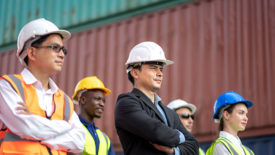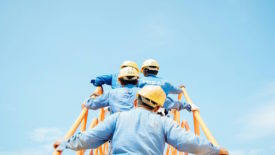ARTICLES
Your guide to green building: Sustainable construction, renewable materials and energy efficiency
How to take the leap while reducing hazards and improving safety
October 29, 2024
Supply chain security in a digital age
Technology can bring threats, but also offers solutions
October 2, 2024
Financial literacy for safety professionals
How to manage project costs effectively
March 12, 2024
Become a Leader in Safety Culture
Build your knowledge with ISHN, covering key safety, health and industrial hygiene news, products, and trends.
JOIN TODAYCopyright ©2025. All Rights Reserved BNP Media.
Design, CMS, Hosting & Web Development :: ePublishing









